Gumbo, Bourbon Street & Mardi Gras – New Orleans in the Spotlight
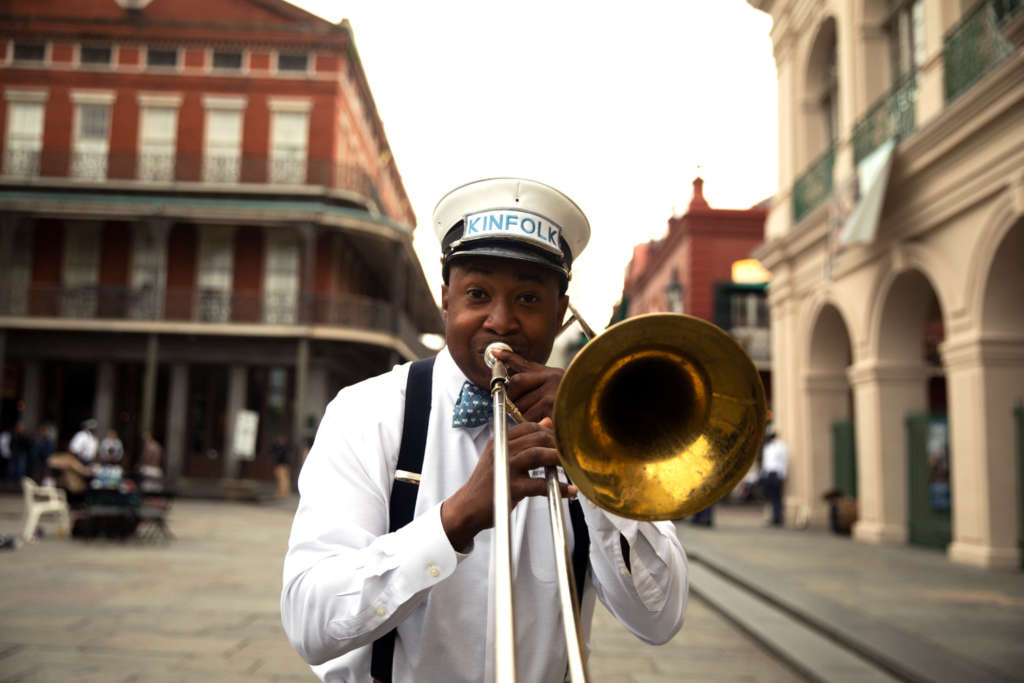
by Noah Patton
New Orleans is a consolidated city-parish located in the south-east of Louisiana. This means the city and county that have been merged into a single entity. While it has the highest population of all cities in Louisiana, it is, unusually, not the capital of the state.
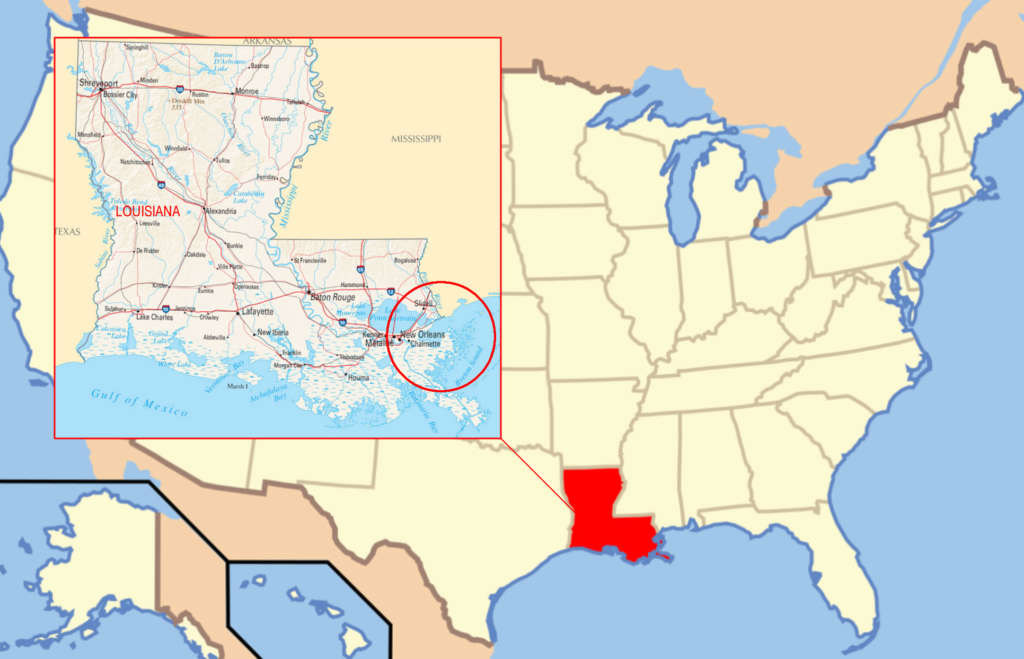
However, New Orleans WAS the capital of Louisiana twice in the past. Originally New Orleans was the seat of power south of the Great Lakes for the French, who possessed the land. The United States eventually acquired the territory of Louisiana in 1803. In 1849, the capital moved briefly between Donaldsonville, Opelousas and Shreveport until finally it was decided that Baton Rouge would permanently become the capital. Because New Orleans was initially the capital, the high court for Louisiana is instead situated in New Orleans. This is unique to Louisiana and California, all other United State’s high courts are situated in their capital. (1)
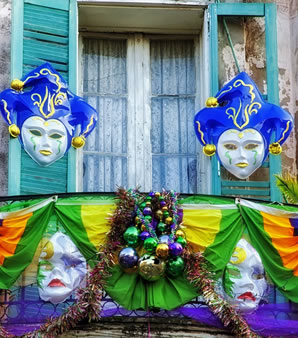
Mardi Gras in New Orleans
For two weeks each year, New Orleans comes alive with elaborate parade floats, masquerade balls, dancing, colourful beads and striking costumes as part of Mardi Gras. The peak of the celebrations fall on Shrove Tuesday which is on 25 February 2020 next year.
The juggling of capitals was a result of ethnic tensions between two main groups, the Creoles and the Anglos. Creoles were French speaking remnants from the French ownership of the area and were usually made up of more mixed races. Anglos were white and typically British or American. New Orleans was predominately made-up of Creoles, and the city was therefore seen as ‘sinful’. The Government decided to move the capital away to an area with a higher population of Anglos, eventually settling on Baton Rouge. (1)
This early French influence is responsible for some of the most popular tourist destinations in New Orleans – notably the French Quarter. The French Quarter, or the Vieux Carré (old square), is the oldest neighbourhood in New Orleans.
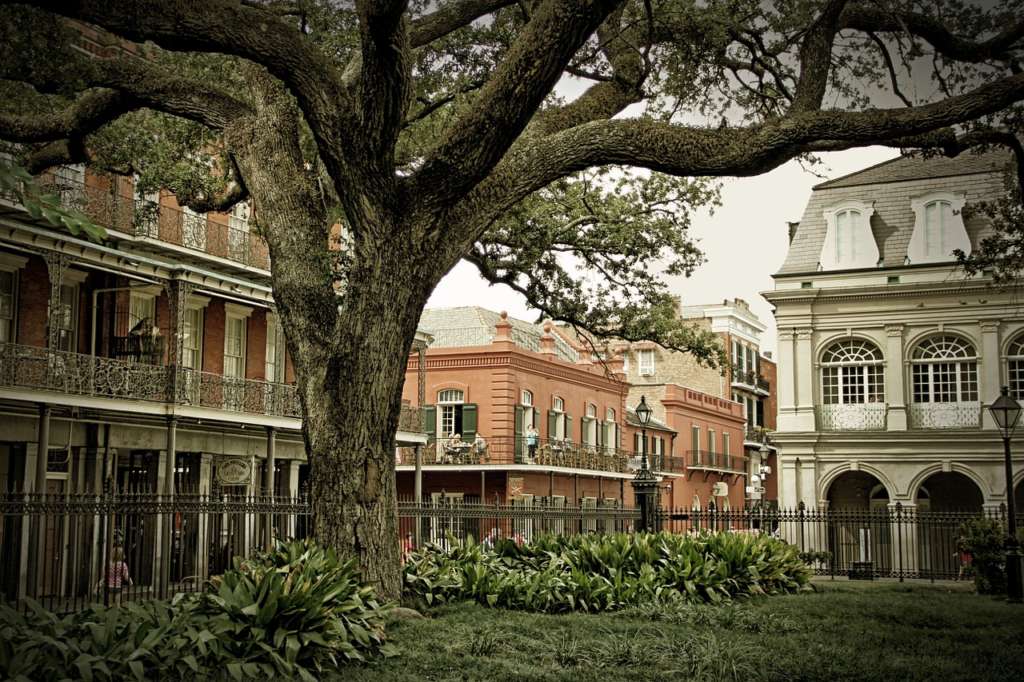
Inside the Vieux Carré is the famous Jackson Square, which contains the statue of Andrew Jackson. The St. Louis Cathedral, the oldest continually running cathedral in the United States, is an exemple of the decadent French Neo-Gothic architectural style of the French Quarter. The main draw in the area however is Bourbon Street. A 13-block long street that comes alive at night. This street has the most popular bars, clubs, shops and restaurants in the entire state. It hosts annual Mardi Gras traditions that last for nearly two weeks.
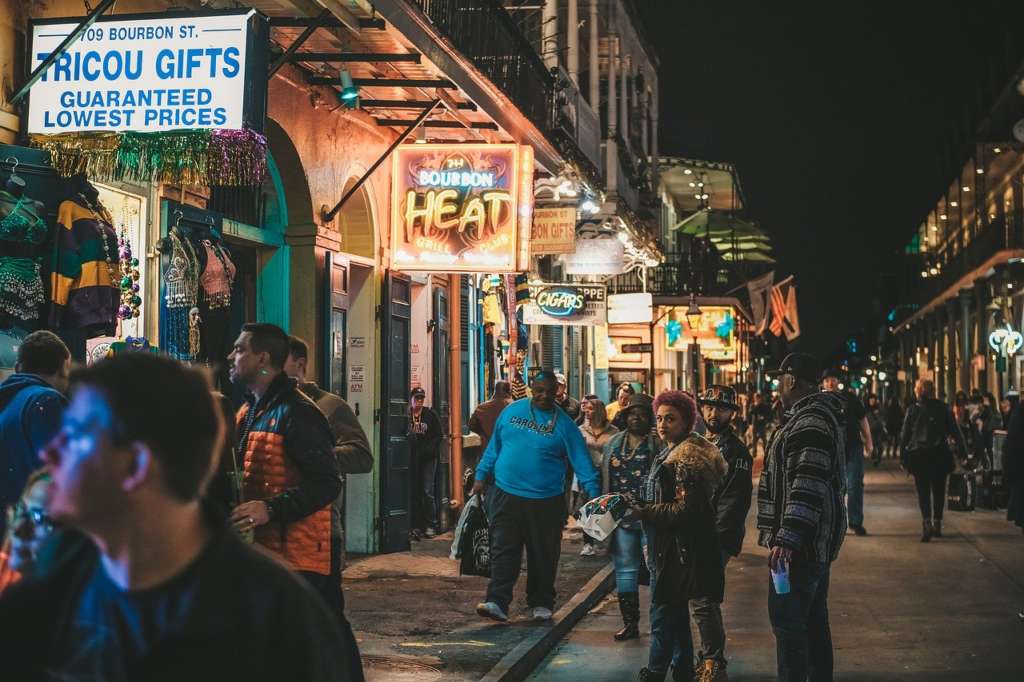
The Creole influence in the region has sparked a unique range of dishes to try upon your next visit to New Orleans. Creole cooking is an eclectic mix of African (Okra), Spanish (peppers), German (pepper/mustard), Irish (potatoes), Native Choctaw Indians (spices), West Indies (allspice) and Italy (garlic and tomatoes). (2)
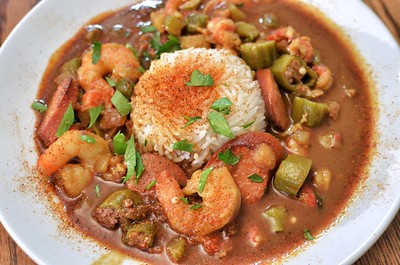
On a side note, you may not be aware that Cajun and Creole cuisines are close cousins but quite different. Gumbo is perhaps one of the most well-known dishes of the region but markedly different with Creole gumbo made from a tomato base and Cajun gumbo made from a butter/flour base and more like a stew. It is said that a Creole feeds one family with three chickens and a Cajun feeds three families with one chicken. This is a direct reference to the marked difference between Creoles (French settlers with servants etc) and Cajan (Arcadians) who were more rural and poor. (2)
Resources:
- Wikipedia: https://en.wikipedia.org/wiki/New_Orleans
- The Spruce Eats: https://www.thespruceeats.com/creole-vs-cajun-cooking-3052287

